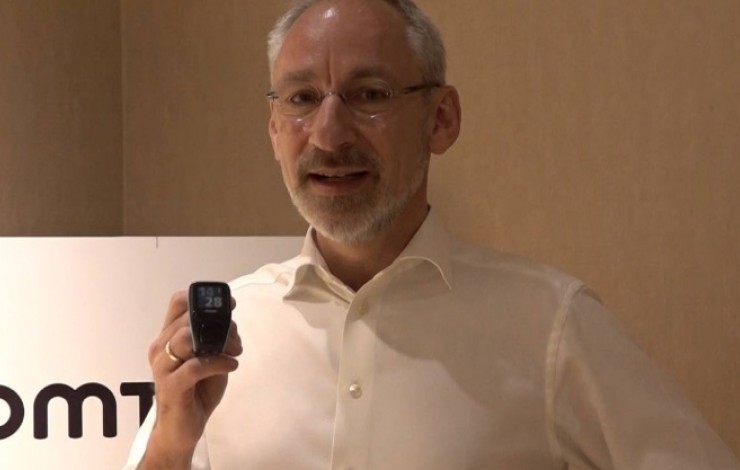On May 10th, the co-founder of TomTom will share his expertise during ICT Spring and will notably address the transformation – and even the revolution – of the mobility sector. Do not miss his presentation and register now for the European tech summit: www.ictspring.com.
Technology has had a huge impact on the transformation of mobility especially in urban areas. What other changes can we expect in the years to come? What are the main mobility trends we should keep a close eye on?
Technology will continue to drive the transformation of mobility. Increased electrification of transport will allow for many new forms of individual and small group transport and will drive down the cost of mobility. It will also allow for many new opportunities for new entrants to come to the market. Increased autonomy for vehicles will mean improved safety and will open up point to point transport to individuals such as the young, the disabled and the elderly who today don't have access. And a bit further out fully autonomous, fully connected vehicles will make Mobility as a Service - or Mobility as an App - reality and completely change the notion of car ownership.
Which of these trends do you see transforming mobility the most? How and why?
Mobility as a Service will be a profound change. Capital invested in transport will be efficiently utilised. Transport infrastructure will be efficiently utilised. Transport will be accessible to many more, and transport will be much quicker and much more enjoyable. And it will allow us to manage the impact on the environment in a positive manner. At the same time, it implies big changes to the automotive industry, jobs and services that will have a big societal impact.
What are the opportunities and dangers of automated driving? Will there be autonomous cars on regular roads by 2020 just like several manufacturers announced it?
The immediate opportunity of autonomous driving is in safety, reducing fatalities. Of course, comfort of travel and taking back valuable time are very meaningful. The dangers are to be found in how we as a society make the transition. Accidents, which are happening and will happen, have the potential to stifle innovation. Regulators face complex decisions. Incumbents have vast interests to protect. Ethical and moral discussion need to get the time to come to a conclusion. But the cost of not adapting and not adopting is too high not to strive to automated transport. 2020 could be the pivot year where cars are participating autonomously in traffic. If so, one should expect that to be in clearly demarcated parts of the road network such as highways.










